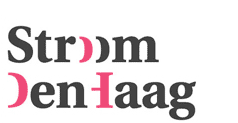After Neurath: meer details
1. 'The first step in ISOTYPE is the development of easily understood and easily remembered symbols. The next step is to combine these symbolic elements'.2.'... simple elements can be made to show the most complicated facts and relationships. The visual method, fully developed, becomes the basis for a common cultural life and a common cultural relationship.'
Otto Neurath, International Picture Language, 1936
ISOTYPE can be understood as bringing Neurath's engagement with philosophy, politics and Modernist art together. Neurath's Museum of Society and Economy (Vienna, 1925-1934) was initially developed from the Housing Museum, which aimed to explain social reforms to the people of Vienna. ISOTYPE , therefore, grew out of immediate necessity and aimed to make people aware of the material conditions that shaped their lives. The museum served many functions; an archive for statistical data, but also a data bank of images, in which signs and illustrations were collected, improved, extended and re-used. In 1934 Neurath moved to Den Haag, where the model he established was continued with the help of colleagues who traveled with him; Marie Reidemeister [Neurath] (1898-1986) and the graphic designer/artist Gerd Arntz (1902-1988). Some of their work is archived at the Gemeentemuseum in Den Haag. In 1940 Neurath and Reidemeister fled to England, after a brief period of internment he continued his work with Maria, he died in Oxford in 1945.
Terug naar de hoofdtekst.

















